



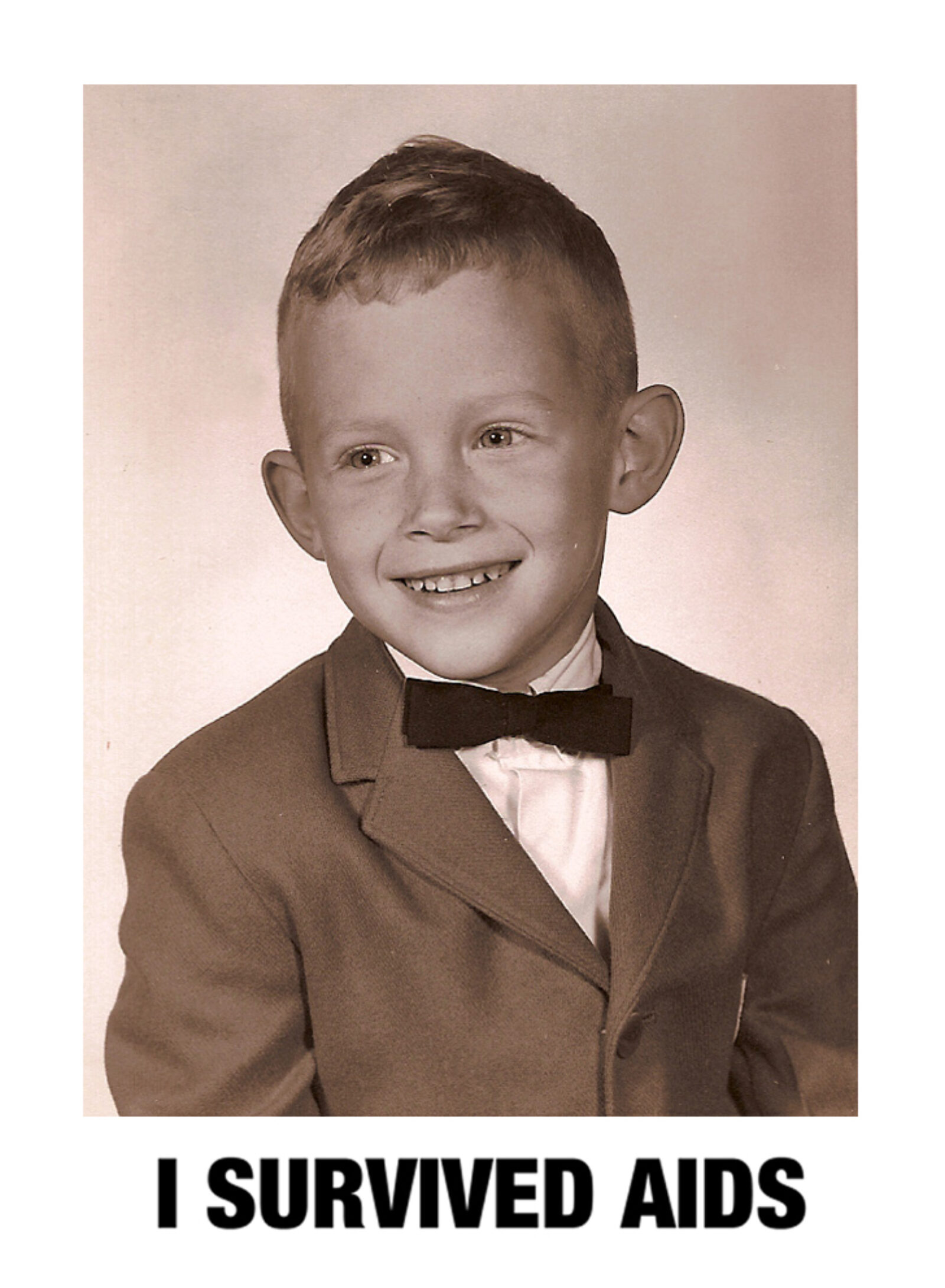

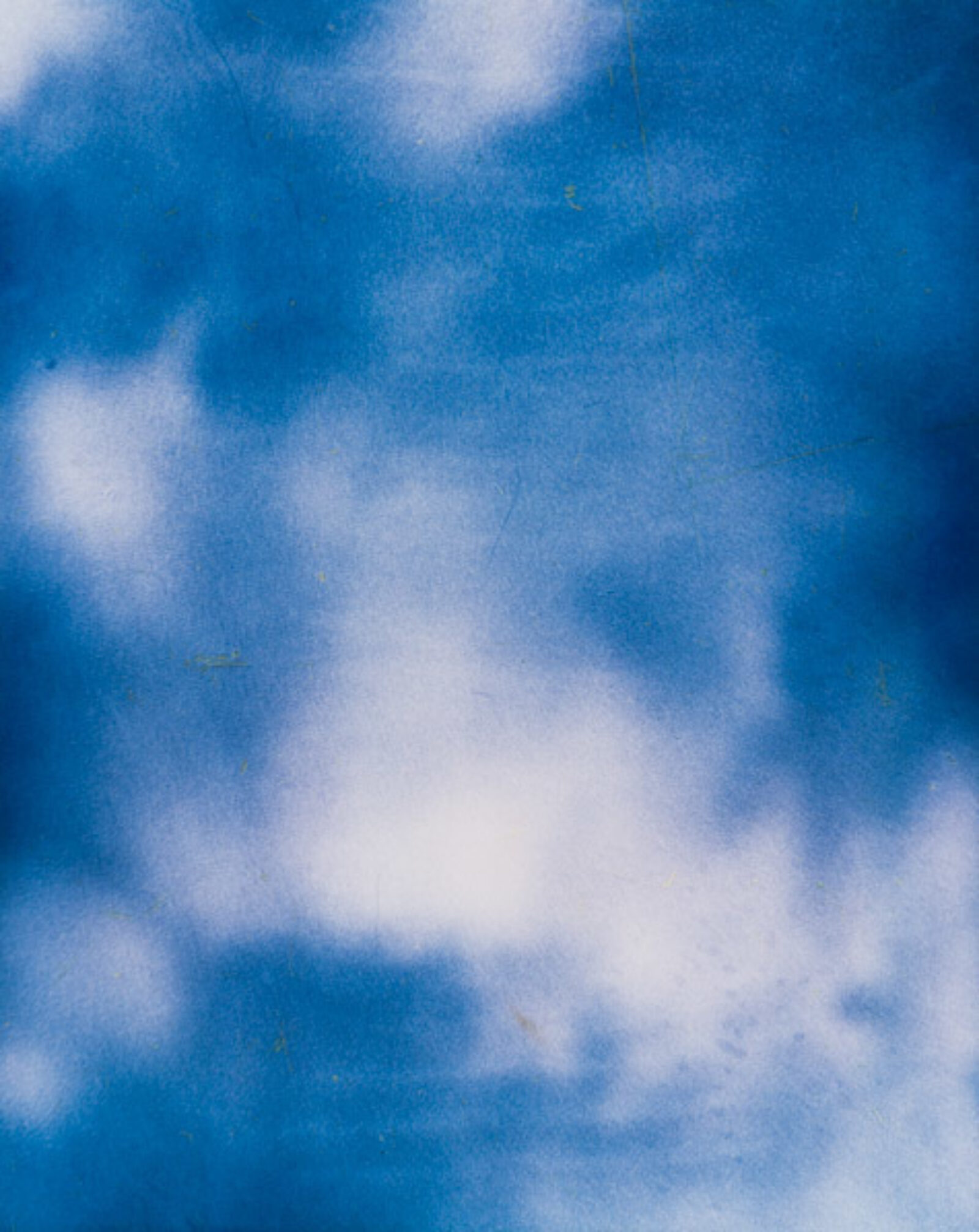
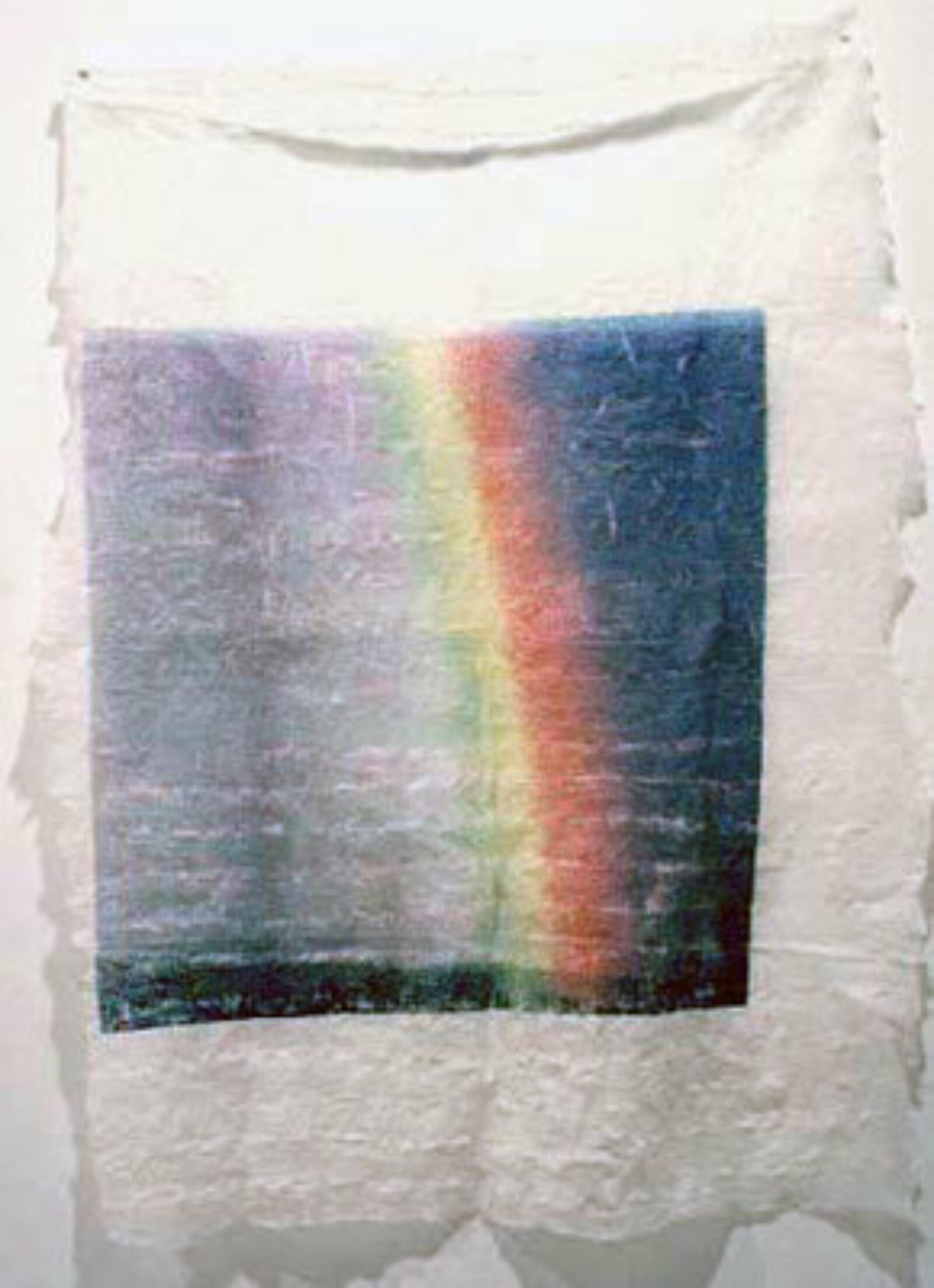
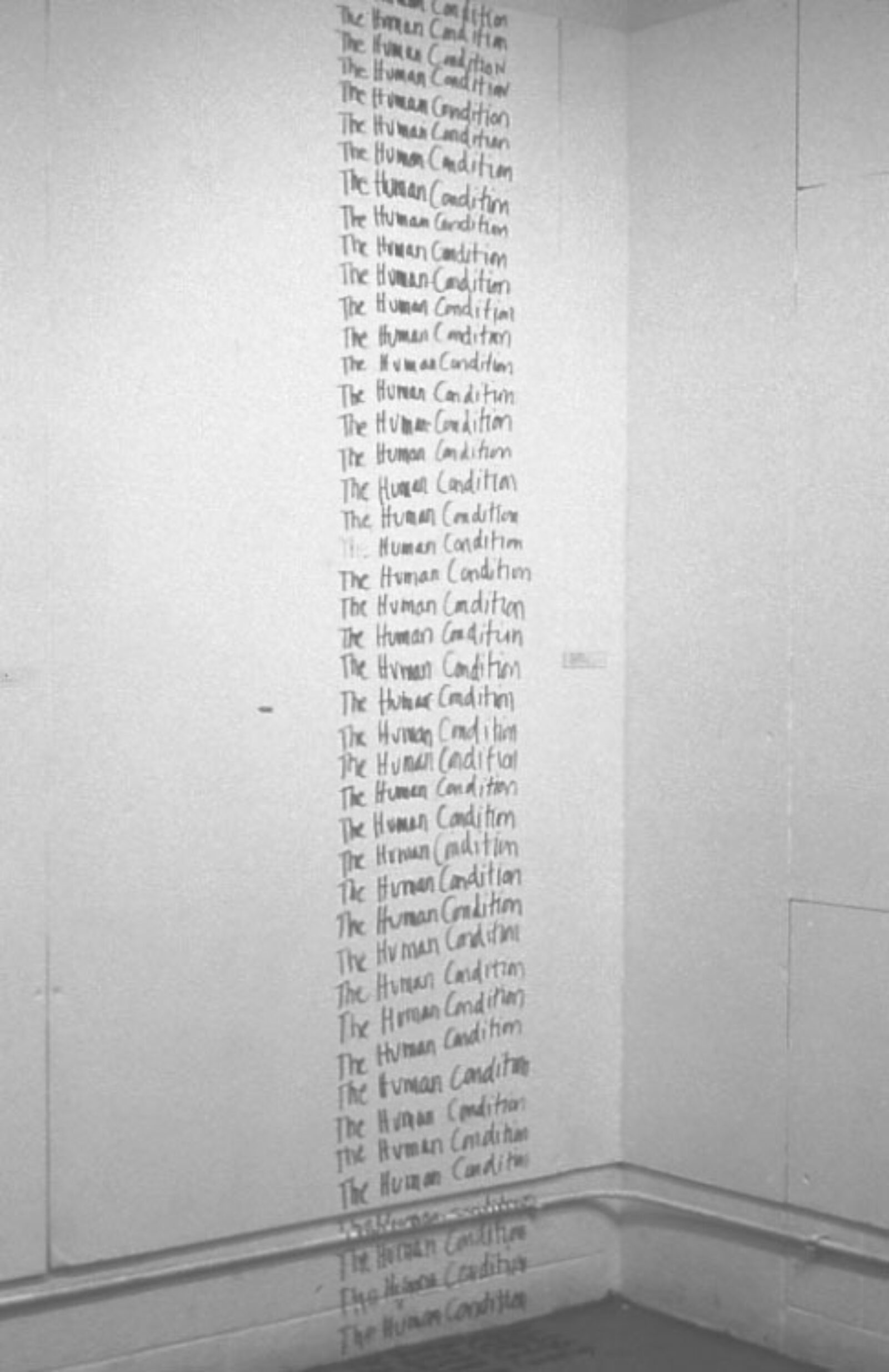

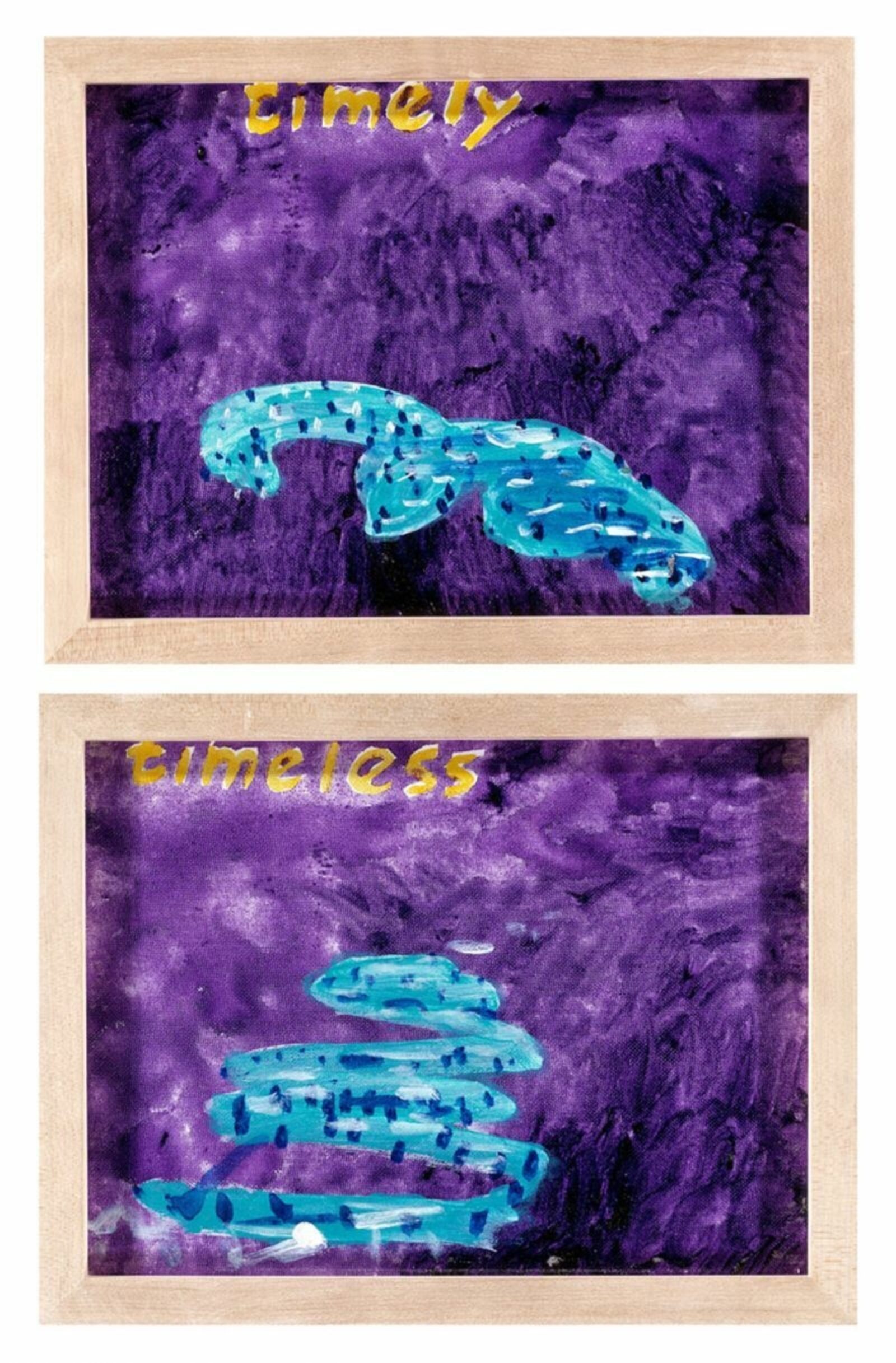


featured gallery for April 2015
The Circle Won't Be Broken
Working closely with the Visual AIDS artist registry, I have considered the ways in which distance and disclosure impact our understanding of HIV/AIDS today. I am a young queer writer and curator, born after the worst years of the HIV/AIDS crisis. This program reflects my bond to a distant, yet tangible history of HIV/AIDS activism and imagines the work that can be done to trace new, future resistances. Together, these images represent the residual traces of communal belonging as it is passed on from one generation to the next.
In 1968, Johnny Cash recorded a song titled Daddy Sang Bass. Its chorus, which is anchored by the lyric “the circle won’t be broken”, is drawn from the song Can the Circle Be Unbroken, recorded by the Carter Family in 1935, which itself is an extension of an earlier Christian hymn titled Will the Circle Be Unbroken. Between the two recent adaptations of the song, there is a discrete move from the speculative “Can the circle be unbroken?” to the declarative “The circle won’t be broken”. In particular, Cash’s version identifies a desire to repair the circle, to make it whole, and to make this imagined reparation last. This desire inscribes a future moment that emerges from within the logic of origins: of whole, undifferentiated speaking subjects and straight, even passages across and between generations. Cash's wish to repair the circle and to re-inscribe the genetic bloodline can be read as symptomatic of a greater hegemonic cultural flattening that seeks to connect the proximate and correct the divergent. Overall, the song’s pre-HIV/AIDS historical context, paired with its willful propagation of a traditional familial nucleus that emerges according to this cyclical, unbreakable sense of lineage makes it an oddly fitting contrast point for thinking about the distances held between past and present HIV/AIDS related activisms.
A decided move outside of Cash’s unbroken circle allows us to look deeper into the pervasiveness of a “proper” historical attitude, one that erases thinking in between pasts and presents. To be born after the beginnings of the AIDS crisis is a troubling phenomenon. History seems just out of grasp. Of course, we can access works of art and documentary materials, but what does it mean to lose the bracketing of history in the eventual loss of our direct witnesses? Thus, the question can be more precisely directed to the children born of the children of the witnesses, twice removed from the source of struggle. As the gap between the here and then continues to grow, this future generation stands at the threshold of its “own” history.
Several questions emerge: How do we cultivate collective and individual modes of queer resistance that lean towards what the late José Esteban Muñoz defines as “the promise to an ideality of futurity”1? How do we account for ideas of access and proximity in our contemporary context where certain considerable medical and social advances also mark a kind of symbolic historical break that have lead some to adopt the problematic idea of a “post-AIDS” culture? Finally, how can we move away from thinking in terms of an objective account of LGBT history, and instead enact a moving, adaptive and intersectional oral history of social resistance?
The works in this program portray extractions, shadows, enclaves, and inscriptions. They exemplify a desire to wander between the realms of the living and the dead, and between accepted, appropriated and obscured symbols of memory and resistance. They appear as abstractions of a simultaneous past and future moment.
The program begins with Shan Kelley’s Make a Wish. The cake’s circularity is a playful, literal take on this theme. The cake will not remain a circle. It will eventually be cut, consumed and discarded. It is always already an icon of an irretrievable whole. A proceeding work is a photograph by Juan Rivera that shows a vibrant Keith Haring holding up a baby whose almost-angelic gaze is directed just outside of the central axis of picture plane. The distance between the individuals is, in one respect, compromised by their physical embrace, and in the other, heightened by the cultural violence that the child did not and could not know. The child does not look to us, but towards some other reality that we cannot access. Today, he would be no more that 28 years old.
The final image in the program is David Wojnarowicz’s Untitled (Diagonal Line), which presents an aerial view from above an ambiguously marked, empty landscape. The oblique lines and dispersed footprints marked into the dirt extend in no particular direction. As the landscape cannot be penetrated at the level of the photograph, we are left in an unresolved space, forced to contemplate the broken, displaced origins of these markings. Here, we must also consider the fact that they will eventually be flattened and wiped away, leaving no trace of this prior moment. As the photograph demonstrates, to both resist and rework the cultural rhetoric of an objective, apolitical temporality, and to expose what Wojnarowicz defined as the "clockwork of civilization", the circle must be continually unraveled for us to read the historical estrangement of bodies not as a closure, but as an opening for new lines of access to be drawn and divided.
Notes:
1 José Esteban Muñoz, Cruising Utopia: The Then and There of Queer Futurity, (New York: NYU Press, 2009) 1.
